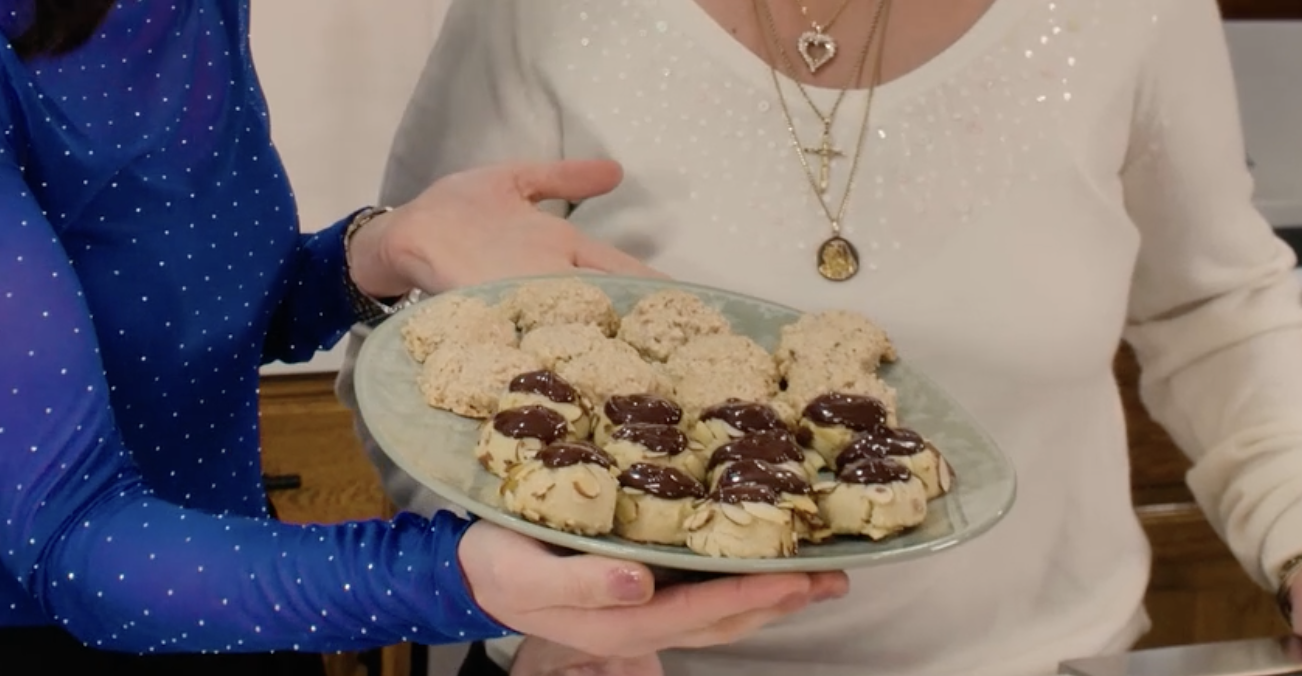From moms at their kids’ sporting events to teens at the mall, there seems to be a Stanley cup everywhere you look these days.
And even if you don't see today's water bottle of choice in the wild, social media makes their popularity obvious. TikTok’s #stanleytumbler has over 1 billion views. Not bad for a cup, right?
So how did a legacy brand like Stanley — a brand you've probably always seen but never truly noticed — become an internet darling?
The rise of Stanley tumblers
Stanley was founded as an outdoor company by inventor William Stanley. He fused vacuum insulation and steel into a portable bottle in 1913, creating a sustainable all-steel water bottle. The bottle helped keep food and drinks hot (or cold) for hours on end. With this technology, Stanley started to bring in $70 million in annual sales.
Then, in 2016, Stanley introduced a new 40-ounce product. Initially, it didn't do that well. Stanley even decided to stop restocking them, until a group of women bloggers at The Buy Guide embraced the Stanley Quencher.
 Stanley
Stanley
"Every time we linked it, it would sell out so quickly," blogger Ashlee LeSueur told The New York Times. "We got so many pictures from teachers who all have them in their classrooms and from nurses stations with cups overflowing in different colors, and we knew we were onto something."
They worked with Stanley to restock the tumbler, working out a profit-sharing deal with the brand.
Now with a stake in its success, the bloggers quickly turned to promotion through social media, targeting millennial and Gen Z women who proved to be passionate about new colors and started to embrace the Stanley Quencher in droves.
The power of social media
Social media is a big part of the Stanley cup’s rise. Some experts are using the term “social contagion” to describe what’s behind their popularity.
According to researchers, this phenomenon takes place when users deliberately amplify the spread of information in a social network. It involves the adoption of behaviors, desires and cognitions based on peer influence.
In this video from social media creator and trend predictor Coco Mocoe, she explains how marketers might use the idea of social contagion to bring in customers.
@cocomocoe Are stanley cups a great example of “social contagion” in marketing? What other brands have done this before? #StanleyCups #Marketing #SocialContagion #GuerrillaMarketing ♬ original sound - Coco Mocoe
Stanley’s social media popularity exploded as people shared, tagged each other and posted about new releases. And since some of those new releases are limited editions, a perceived lack of access makes them even more valuable.
Although it’s been a part of the Stanley Quencher’s success since The Buy Guide bloggers got involved, all this came to a head in late 2023 when one content creator, @danimarielettering, posted about her Stanley cup surviving a car fire.
She posted a video showing the fire damage in her car, but in the middle of it all, she also displayed her Stanley tumbler, completely intact in the cup holder with ice still inside.
Stanley reached out to the creator, whose video currently has more than 93 million views, and gave her a brand-new car, which is fair because you can’t buy that type of advertising.
@danimarielettering Thirsty after you catch on fire? @Stanley 1913 is like no problem i gotchu #fyp #carfire #accident #stanleycup ♬ original sound - Danielle
Stanley Cups Now and in the Future
For Stanley, the timing could not have been better.
Not long after getting a ton of great press for its actions after the car fire, the company made a couple of new product releases that caused chaos: A Stanley Starbucks collaboration instantly sold out at Target, and a limited edition tumbler in Cosmo Pink and Target Red, exclusive to Target as part of the “Galentine’s Collection” that launched on Dec. 31, had a slew of sales.
TikToker Victoria Robino got more than 23.1 million views from her video showing a crowd rushing to get their Stanley cups.
@victoria_robino_26 #fyp #fypシ゚viral #target #targetfinds #stanleycup #stanley #stanleytarget #valentinesday #stanleyvalentinesday ♬ original sound - Victoria Robino
As for the future of Stanley, things are more difficult to predict.
Following the craze over the Target Stanley cups, backlash regarding rampant consumerism and commodity culture came quickly.
Now, some are concerned regarding reports of lead usage in Stanley’s construction. Stanley, however, has clarified that while a lead pellet is used to seal its insulated tumblers, the pellet is well-covered by a stainless steel plate and unlikely to cause exposure unless damaged. Experts have echoed the brand’s comments.
What do the most recent Stanley happenings mean for the brand? Only time will tell, but the brand has already launched new colors in 2024, including a vibrant blue shade called Arctic Twist that is still sold out, as well as pastel shades that have also flown off shelves.
This story was originally published by Helen Lee on Simplemost.com.










